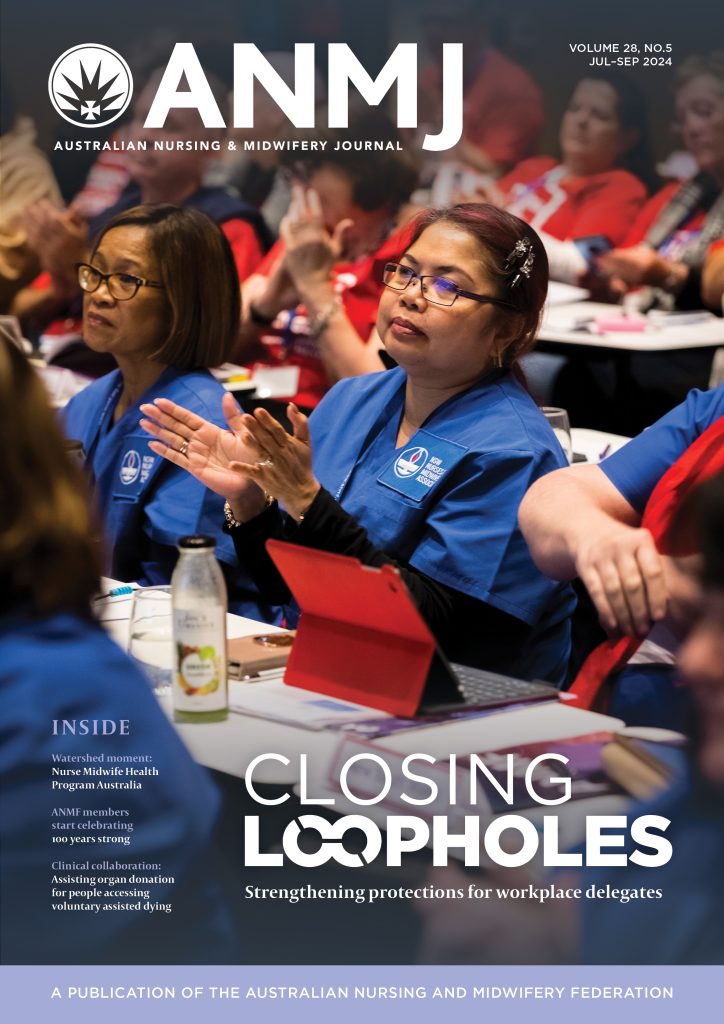Nurses and midwives can tragically be the victims of bullying within their workplaces. While there has been numerous strategies implemented to tackle the issue, a study has shown cyberbullying is impacting nurses and midwives as well.
The research, from Massey University, University of New Zealand, showed, particularly in small communities, public incidents of cyberbullying via social media or public blogs had the potential to damage not only the reputation of the nurses targeted but also the organisations that they worked for.
Research lead Natalia D’Souza said the harmful features of cyberbullying resulted in a blurring of home/work boundaries and/or cyberbullying that was played out in a relatively public domain.
She said unlike face-to-face encounters cyberbullying can persist beyond the physical workplace and working hours as digital devices provide continued access to targets.
“With traditional bullying, you would usually place bans on people and restrict their entry into the facility but, with cyberbullying, that is not possible,” Dr D’Souza says. “So, nurses now have this additional source of bullying but there are no measures put in place to manage it.
“More importantly, at present there is little organisations can do to successfully resolve such incidents, as workplace cyberbullying currently remains beyond the scope of current organisational, industry, and national level policy. In fact, many cases in this study often lacked a clear resolution to the cyberbullying and targets were often left feeling uncertain and anxious about certain incidents.”
The study conducted examined incidents of cyberbullying within the organisation (from colleagues or workplace superiors) and bullying from outside the organisation, including parents of patients.
The case of external bullying included defamatory facebook posts as well as hostile and aggressive voicemail messages and sending hostile texts.
Dr D’Souza said nurses who were victims of cyberbullying often suffered traditional forms of workplace bullying too.
“These bullying behaviours can build on each other to create even greater harm in a more complex and dynamic way,” she said. “So, the traditional bullying impacts of anxiety and depression apply, but there is an almost unique anxiety associated with the public nature of cyberbullying, along with the constant accessibility outside of work hours.”
Many bullying targets had not reported the cyberbullying, believing they should deal with it on their own. In a couple of cases the targets believed the ‘bully’ was supported by upper management and this had discouraged them from reporting the bullying.
A few participants had also noted that underfunding in healthcare meant that nurses were being blamed for system-level issues, such as shortages of staff, increased workloads, time constraints and insufficient resources.
The study recommended:
- Increased education around the nature of cyberbullying as well as potential avenues for seeking help.
- Incorporating forms of cyber ill-treatment and cyberbullying into existing workplace bullying and harassment guidelines, as well as clearly indicating reporting mechanisms and strategies that make use of digital evidence.
- Detailed expansion of workplace cyberbullying (particularly from external sources) within the existing guidelines around social media and electronic communication in nursing.
- Collaboration from potential intervention agencies (such as legal consultants, the police and NetSafe) at a national level towards a protective agenda and set of guidelines, enabling organisations to proactively prevent the occurrence of workplace cyberbullying.









